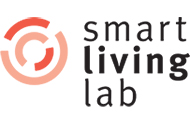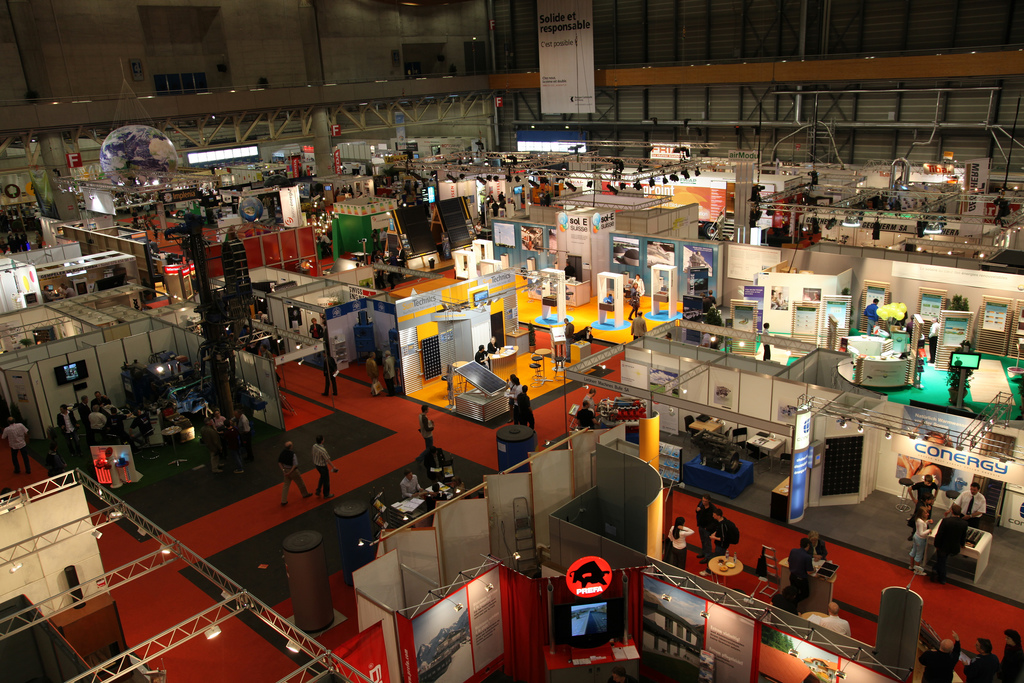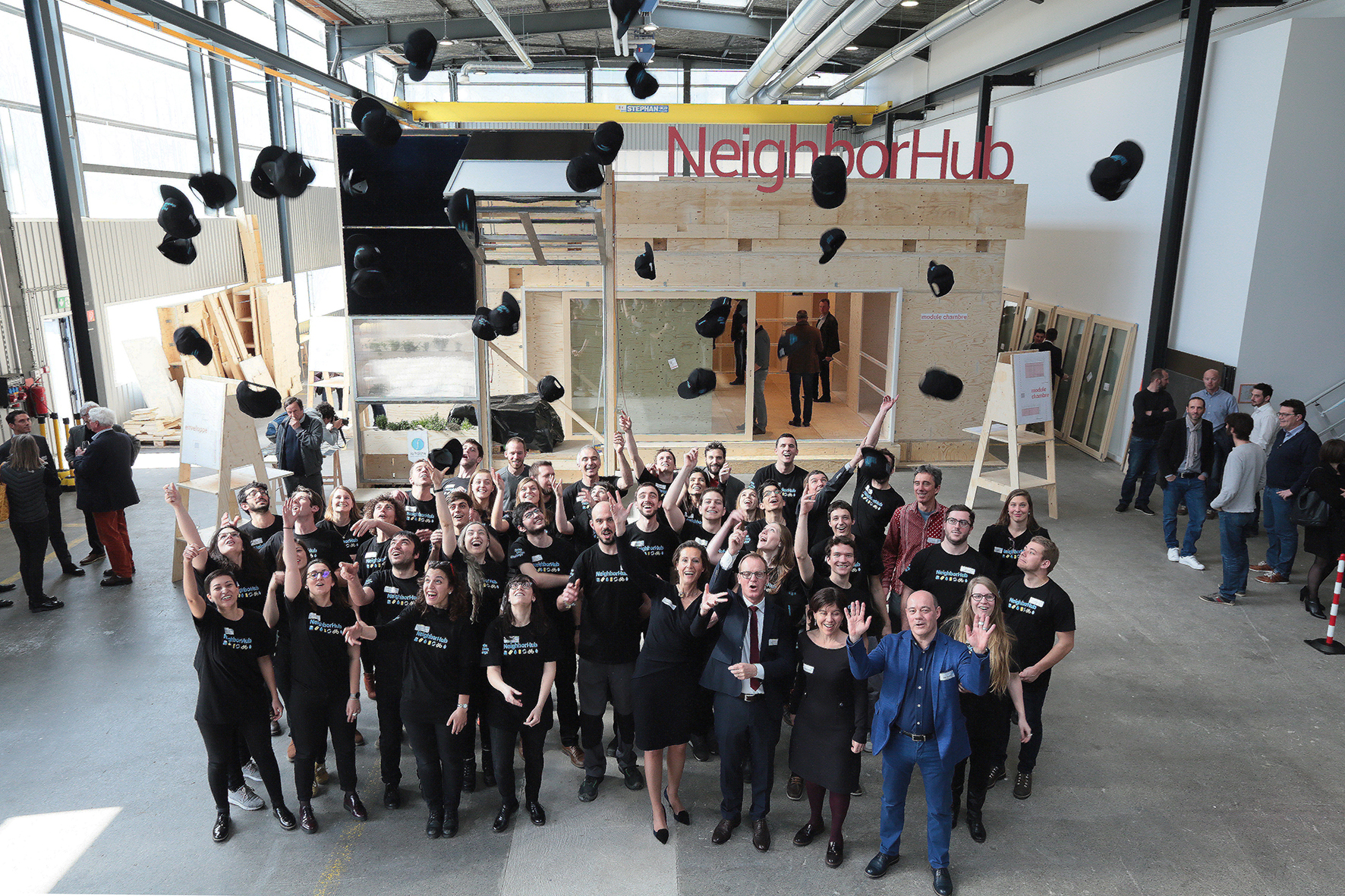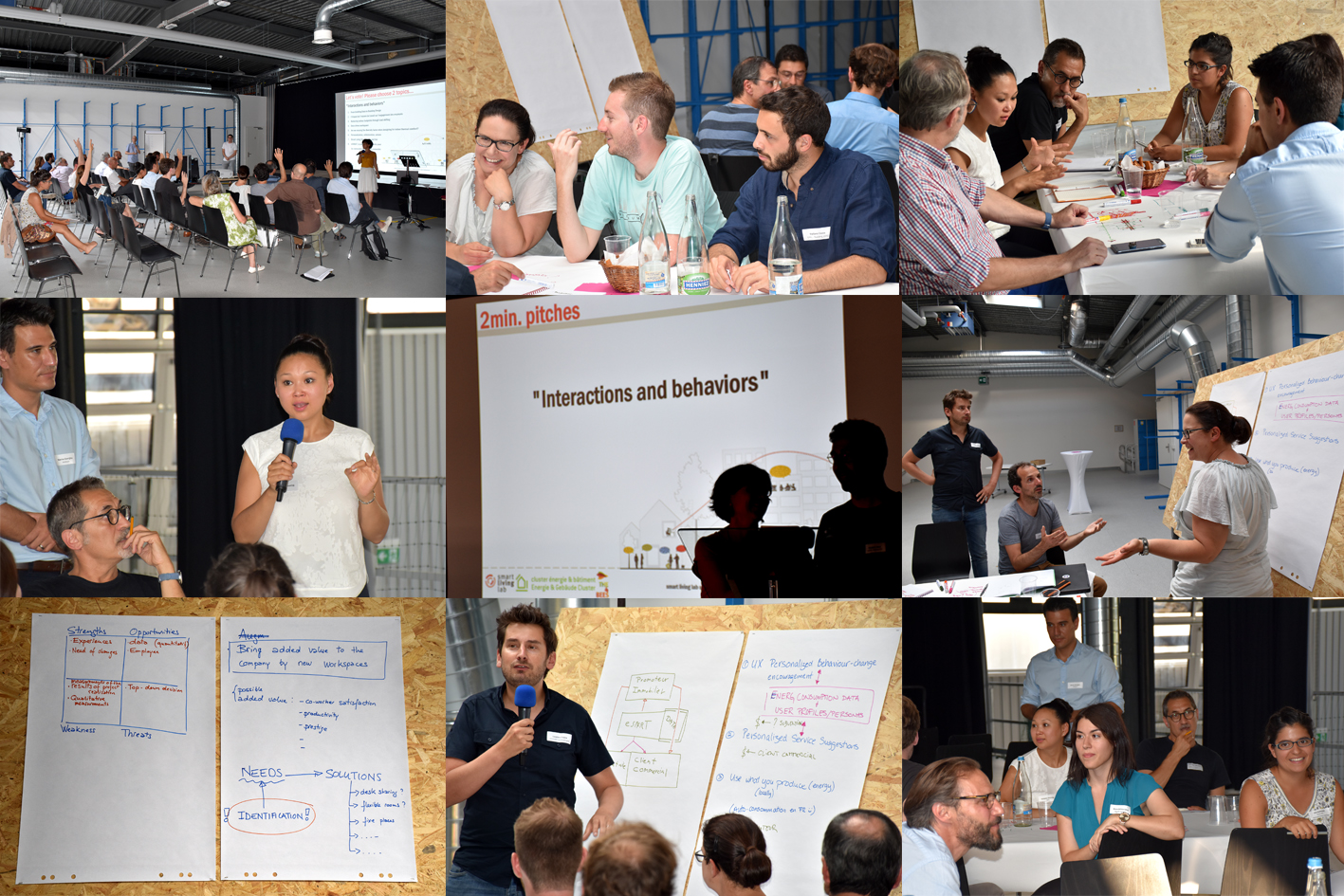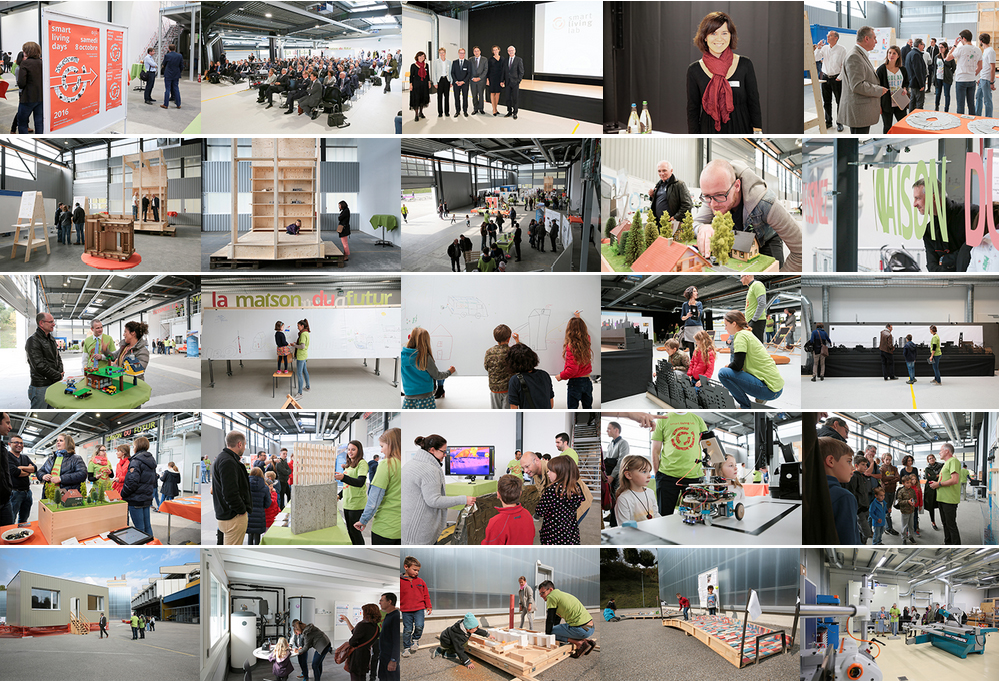The Swiss solar house NeighborHub opens its doors in Fribourg
Winner of the best solar house at the international competition Solar Decathlon 2017 in Denver (USA), the NeighborHub has been reassembled at the smart living lab, on the site of the blueFACTORY in Fribourg. Created by students and professors of four universities and technical colleges (EPFL, HEIA-FR, HEAD and UNIFR), the NeighborHub was designed as a meeting place for the local population, in view of developing solutions for a more sustainable future. It opens its doors to the public on 28 and 29 April 2018. Guided tours as well as themed visits will take place, allowing an in-depth discovery of the building’s features such as “construction and logistics”, “architecture”, engineering” and “water management”.
Following its western conquest, it sets its sights on Fribourg
At the smart living lab, following its victory in October 2017 at the international competition Solar Decathlon in Denver (USA), the Swiss solar house NeighborHub has returned, successful in its western conquest after securing eight podiums out of a possible ten, including six gold medals under the banner “Swiss Living Challenge”. As a reminder, 250 students from the EPFL, the School of Engineering and Architecture of Fribourg, the Geneva School of Art and Design, and the University of Fribourg, 150 teaching staff from industry and academia together with approximately 50 public and private partners collaborated in this victorious adventure. The 70 tons of materials required for the construction of the NeighborHub crossed the Atlantic from the USA in twelve containers destined for Fribourg. The reassembly of the solar house took six weeks, spanning for February to April 2018, on location at the blueFACTORY. On 28 and 29 April 2018, an open house will allow the public to discover the NeighborHub’s features according to the following themes: “construction and logistics”, “architecture”, “engineering” and “water management”.
State visit and round tables
The official inauguration of the NeighborHub will be held on 26 April 2018 in the presence of the President of the Swiss Confederation Alain Berset and the President of the Federal Republic of Germany, Frank-Walter Steinmeier as part of his two-day state visit, the Federal Councillor Doris Leuthard, as well as cantonal authorities. The inauguration will continue with two round tables moderated by leadership from the technical colleges involved in the design of the building according to the following themes: “The NeighborHub: towards new pedagogies for our technical colleges” and “The NeighborHub: the fruits of a collaboration between academia, enterprise and the public sector”.
Architectural qualities, energy performance and intelligent water management
Rewarded in Denver in October 2017 for its architectural qualities, its energy performance and its intelligent water management, the NeighborHub distinguishes itself on several levels. In particular, it is equipped with 29 photovoltaic solar panels, all affixed to the façade and fitted with power optimizers, so as to maximize the available surface; a closed water circuit that values the recovery of rainwater and integrates aquaponics; a living roof and management of outer spaces that favors biodiversity. The building’s structure is made up of wooden modules. It delimits a center, the core, and a tempered outer area, the skin. The NeighborHub was imagined as a meeting place for local residents, in view of developing solutions for reducing and improving consumption. The measures endorsed include the use of renewable energy, mobility, water and waste management, food, biodiversity and building materials.
A new way of living at the neighborhood scale
Reassembled at the heart of the blueFACTORY innovation district, the NeighborHub is modular thanks to its flexible architecture, its mobile and foldable furnishing and an interior design capable of adapting to a variety of activities such as repair cafés, urban vegetable gardens, courses for sustainable cooking, etc. Beyond a mere solar house, these multifunctional spaces “offer a new way of living that is collective and environmentally friendly at a neighbourhood scale” says Marilyne Andersen, Dean of the EPFL’s School of Architecture, Civil and Environmental Engineering, and academic project leader. As of September 2018, Martin Schick, cultural manager of the blueFACTORY, will make it his playground as well as that of the inhabitants of Fribourg, offering various workshops centered on informing and exchanging, research and demonstration.
